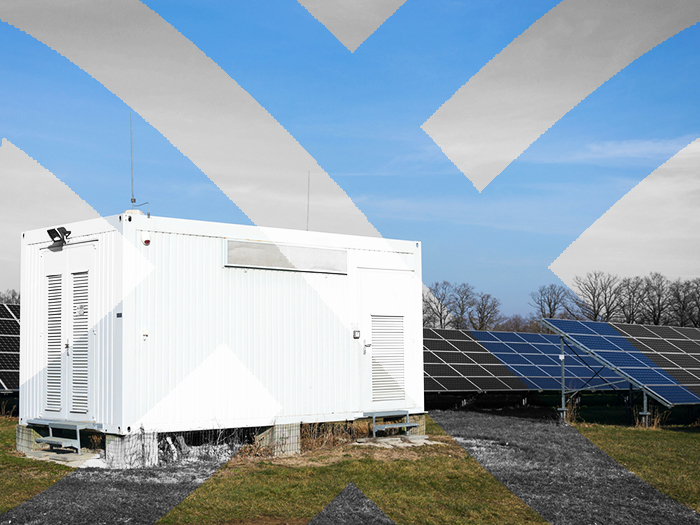Insights
better business decisions
Posted 2 years ago | 2 minute read

Australia needs major energy storage investment
Australia’s national science agency, has released a new roadmap outlining the need for a significant increase in energy storage capacity to achieve the country’s net zero emissions target by 2050.
The roadmap, published by the Commonwealth Scientific and Industrial Research Organisation (CSIRO), emphasizes that the National Electricity Market (NEM) will require a 10-14x increase in energy storage capacity by 2025 and 2030, with a reliance on diverse technologies beyond lithium-ion battery storage and pumped hydro. According to CSIRO, a range of technologies, including thermal storage, hydrogen, sustainable aviation fuels, and science-driven innovations, will be required to achieve the necessary scale.
While the storage of energy has a critical role to play, there are still significant knowledge gaps, and the acceleration of tech commercialization and scale-up will require co-investment. By 2050, the NEM and Western Australia energy markets will be dominated by utility and distributed solar PV and wind, with coal and peaking gas plants almost or entirely off the systems.
AEMO has identified a need for 44GW-96GW/550GWh-950GWh of dispatchable storage in the NEM and 12GW-17GW/74GWh-96GWh in Western Australia by 2050. Despite the need for an increase in storage capacity, there is a lack of bankable mature energy storage technologies beyond lithium-ion and pumped hydro energy storage (PHES) on the market today.
CSIRO Chief Executive Larry Marshall noted new technologies would be needed to increase penetration of renewables and stabilise the grid while we start to build utility scale storage capacity.
“Over the long-term storage will accelerate the integration of renewables, enhancing grid stability and reliability, and supporting decarbonisation of industries […] there is no silver bullet for reaching net zero so we need multiple shots on goal, like from renewables, batteries, hydrogen, thermal storage, pumped hydro, sustainable aviation fuels and a host of new science-driven technologies”.
“Reaching net zero is a wicked challenge, we need a robust pipeline of projects that use diverse technologies supported by industry, government, research and community stakeholders to ensure that no industry and no Australian is left behind,” Marshall said.






